Even in the deepest depths of winter there is life to be found in the British countryside, from bright-white mountain hares in Scotland and starling murmurations in Northern Ireland, to red squirrels in Wales and owls in England.
These incredible natural wonders can be experienced on a winter walk and offer the perfect excuse to practice your winter photography skills.
Keep an eye and ear out for these wild sounds and sights with our guide to the best winter wildlife spectacles in the UK. In each case we include details on the best months within the winter season to experience these events, as well as where to see them.
Best winter wildlife spectacles in the UK
Starling murmurations

Bolstered by winter migrants from Scandinavia and Germany, Britain’s starlings congregate in their thousands at fairly predictable winter roosting sites – usually marshes or reedbeds but also man-made structures – throughout the coldest months of the year.
But before they settle down for the night, they often perform great swirling sky-dances, their sheer numbers creating thrilling images in the late afternoon sky. Finally, just before dusk, the flocks pour into the reedbed and begin to settle down – though their chattering can be like the sound of a distance steam train.
It’s thought that the sky-dance – or murmuration – could be a means of confusing predators who gather to take advantage of what looks like easy pickings as well as jostling for the best roosting position. And ornithologists believe that the reason why the birds gather is to share information about where best to go foraging the following day.
When can you see starling murmurations in the UK?
In the UK, the best time for starling murmurations is November to March.
Where is the best place to see a starling murmuration?
There are many places to see starling murmurations in the UK. Here are just some well-known spots for seeing starling murmurations:
- RSPB Exe Estuary, Devon
- RSPB Dungeness, Kent
- RSPB Rainham Marshes, Essex
- RSPB Fairburn Ings, West Yorkshire
- RSPB Leighton Moss, Lancashire
- RSPB Saltholme, Middlesbrough
- Gretna Green, Dumfries and Galloway
- Aberystwyth Pier, Aberystwyth, Ceredigion
- Otmoor RSPB reserve, Oxfordshire
- Albert Bridge, Belfast
Spawning pike
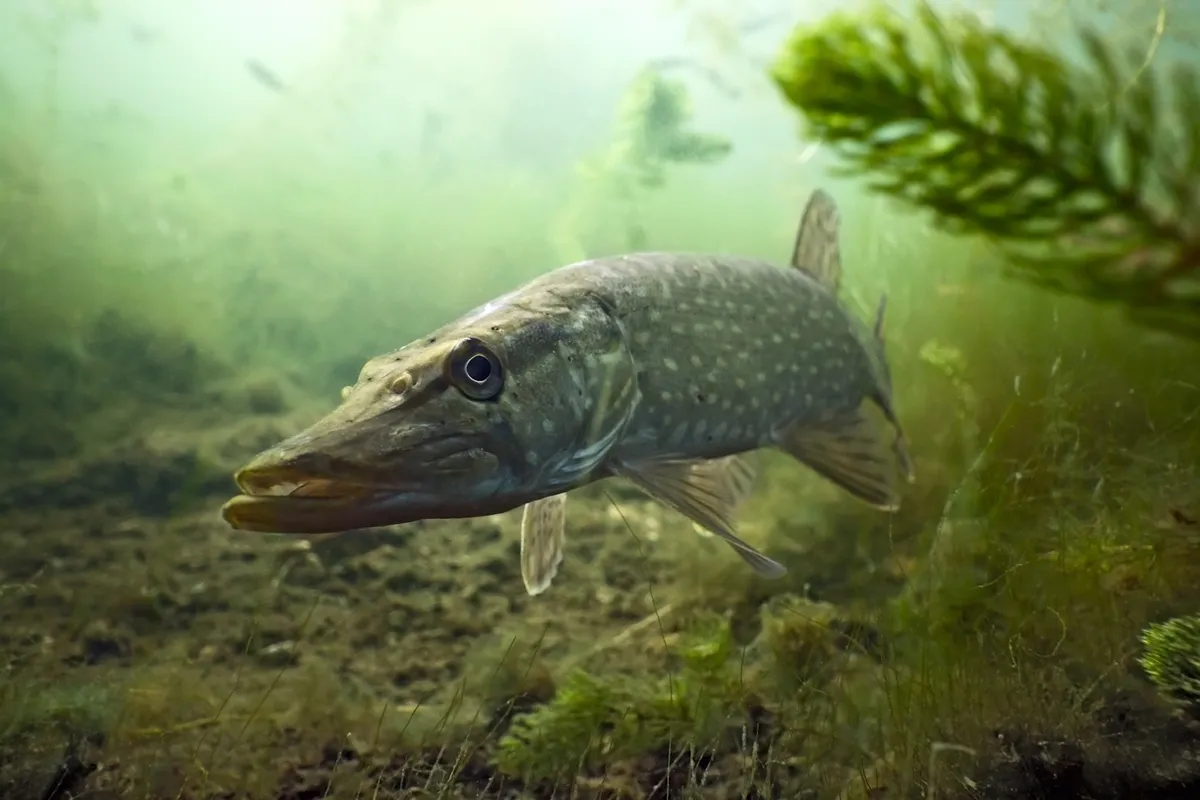
Our largest freshwater predatory fish, the pike has spawned wonderful and sometimes chilling legends – including tales of monsters that eat pet dogs and bite swimmers. The largest ever caught in Britain weighed about 46lb, though a huge head of a pike was found in Loch Etterick in Scotland – and was estimated to have come from a fish weighing over 80lb.
This time of year sees spawning of a different kind as the mighty fish gather in the shallows of lakes to lay and fertilise eggs. Several males will often pursue a much bigger female, each vying to get close enough to shed milt (sperm) over the newly laid eggs. Look out for sudden and dramatic splashing and thrashing around. If you keep still and the water is clear, you may even glimpse these cortege of long, green torpedo fish.
What time of year do pike spawn in the UK?
Pike spawn from mid February to April in the UK – as soon as the water reaches 9°C.
Where can you find pike in the UK?
You'll find pike in lowland lakes and reservoirs across the UK. Look at also around waterweed beds on slower flowing rivers.
White mountain hares

Only a handful of British species turn white in winter to blend with the expected snow and hide from predators. The mountain hare is perhaps the most impressive and by November will have shed its brown coat to become blue-ish white. Obviously, this isn't much help as a defence if there's no snow, but it makes them much easier to see.
- What's the difference between rabbits and hares?
- March hares: why do they box and best places to see them in the UK
Walk slowly but steadily along paths in upland areas and be prepared for a sudden burst of ghostly speed as the hare seeks a new place to lie low.
When can you see mountain hares in the UK?
From November to April is the best time to spot mountain hares in the countryside.
Where can you see mountain hares in the UK?
In England, only the Peak District and Upper Pennines. In Wales, you can see mountain hares in Snowdonia. They're relatively common throughout the Highland region of Scotland.
Scurrying red squirrels
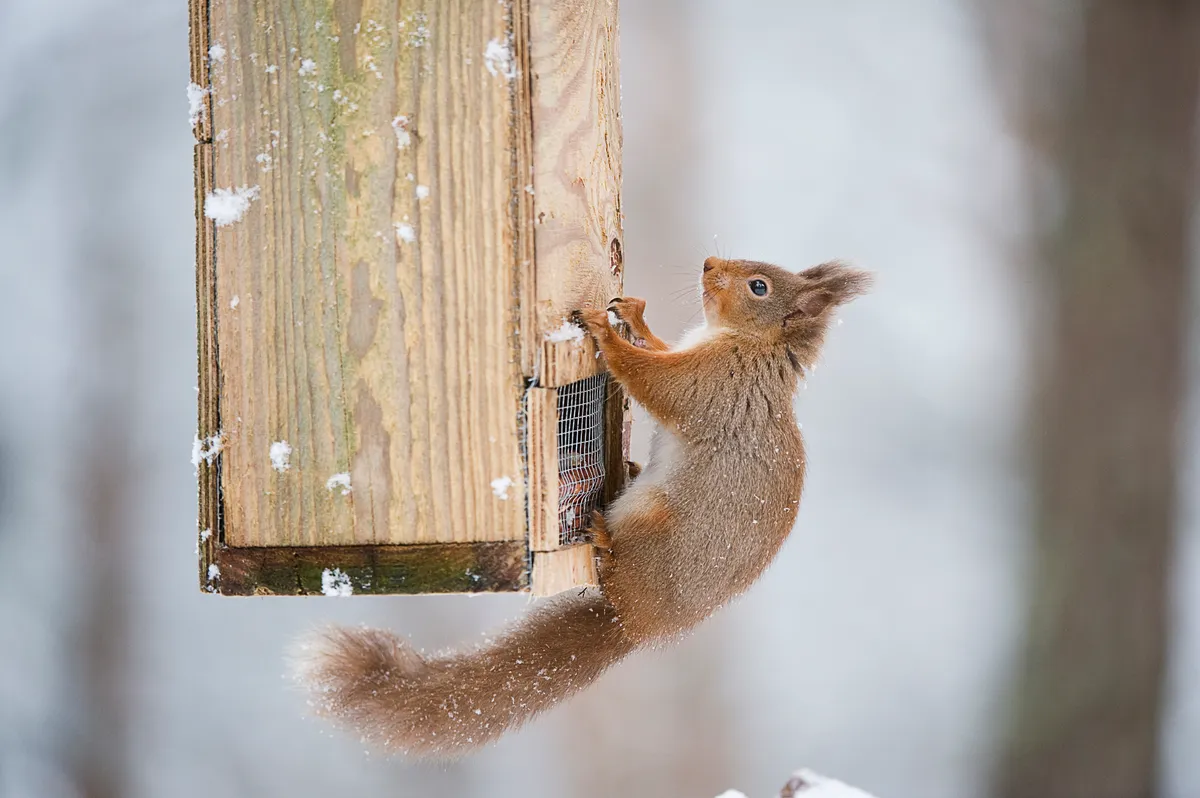
Having retreated from much of lowland England, Wales and Scotland, the red squirrel is now quite an effort to find. But in winter, when natural food become scarcer, many of these delightful rusty-coloured mammals are tempted by peanut feeders and offer human watchers a wonderful chance for close-up views. In addition, with no leaves on the trees, these acrobatic climbers are much easier to spot.
When can you see red squirrels in the UK?
Your best chances of spotting red squirrels in Britain is between November and March. Though it's worth noting that they're often considered as one of Britain's most endangered animals.
Where can you see red squirrels in the UK?
These are just some of the well-known spots for spotting red squirrels in the UK:
- Loch Garten RSPB, Abernethy Forest
- Mount Stewart House, near Belfast
- Newborough Forest, Anglesey
- Kielder Castle Visitor Centre, Kielder Forest, Northumberland
- Whinlatter Forest Visitor Centre, Keswick, Cumbria
- Brownsea Island, Dorset
- Briddlesford Woods, Isle of Wight
Catching sight of the distinctive rusty coloured fur of the red squirrel is a special moment. BBC Wildlife magazine's squirrel guide explains the difference between the UK's two main species of squirrel – the grey and red, key characteristics and the best places to see them in the UK.
Soaring short-eared owl
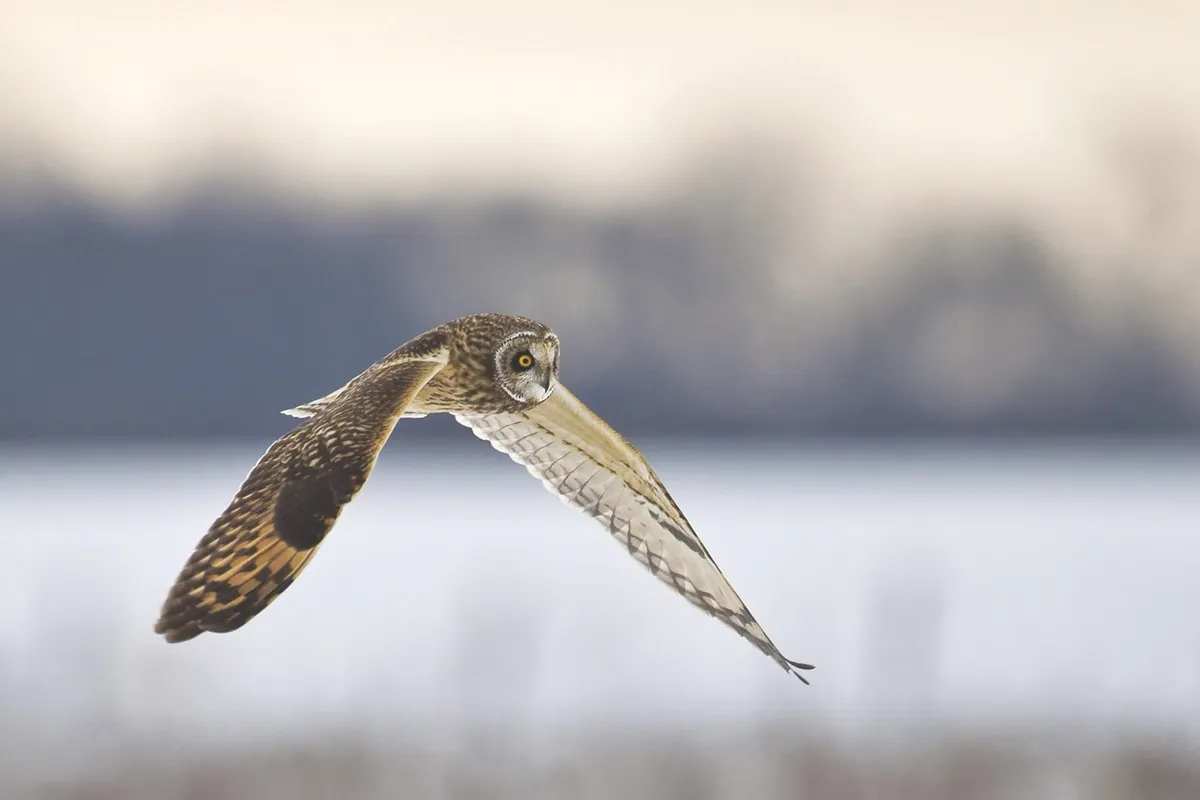
A bird of open uplands in summer, the short-eared owl heads to wetlands and coastal marshes in winter where it can find a more dependable supply of rodent food. It has two small but distinctive ear tufts on the top of its head.
Unlike more familiar barn and tawny owls, the short-eared regularly hunts in broad daylight and you will often find 2-6 birds in the same area. They fly slowly and silently above the marshes, dropping suddenly to snatch a vole before vanishing into a deeper tuft of rushes or reeds to eat it. Sometimes kestrels, which hunt the same prey, might muscle in and steal the owl’s catch.
When can you see short-eared owls hunting?
October–April is your best chance of spotting short-eared owls hunting in the British countryside.
Where can you see short-eared owls?
Common places to spot short-eared owls in the UK are: Slimbridge WWT, Gloucestershire; RSPB Parkgate, Cheshire; and Aust Warth, South Gloucestershire.
Woodlark song

Anyone who walks in the countryside will know the skylark’s song – an uplifting and seemingly endless fizzing song that cascades over moors, arable fields and coastal marshes. Far less well known is the delicate fluting song of its close relative the woodlark – its Latin name Lullula describes the song perfectly.
Similar in looks to the skylark, the woodlark is more fond of the heaths of southern and eastern England and is particularly visible in February and March so late winter/early spring is the best time to set out on a mission to hear their song. Look for its deeply undulating flight – and, of course, listen for the fabulous song.
When can you see and hear woodlarks in the UK?
Mid-February and onwards is your best chance of seeing and hearing woodlarks in the British countryside.
Where can you see and hear woodlarks in the UK?
There are plenty of places to see and hear woodlarks in the UK, including:
- North Warren RSPB, Suffolk
- Denny Wood and Beaulieu Heath, New Forest, Hampshire
- Padworth Common, Padworth, Buckinghamshire and Berkshire WT
- Chudleigh Knighton Heath, Devon Wildlife Trust
- Weeting Heath, Norfolk Wildlife Trust
Mating foxes

Winter is the best time to listen out for the sound of foxes due to their three-to-six-day mating period occurring during this season. Their mating call can be described most accurately as a ‘howl’ or ‘scream,’ so needless to say this noise won’t be one you have to strain your ears for.
- Fox cubs: when to see them, what they're called and what they sound like
- Britain's urban wildlife: species, identification, how to photograph and where to see
Commonly found in wooded areas, among the extensive list of locations that foxes inhabit, including cliff sides and high mountains, the evident determination of survival for this creature is reflected in the intensity of the sound heard on a woodland walk when calling for their mate.
Hooting tawny owls
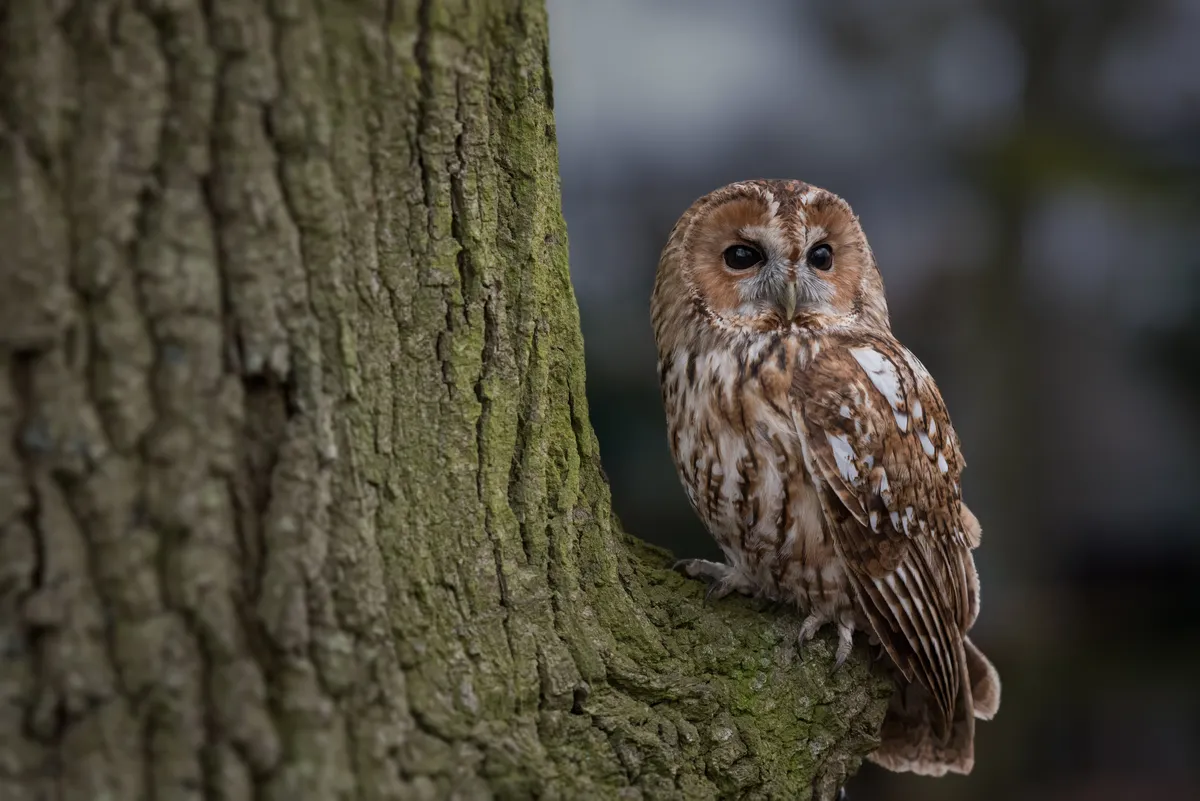
The most endearing sound undoubtedly is vocalised by tawny owls, as the soothing twit-twoo is a familiar sound associated with an early morning walk. More charming is the call and response method of this mating call to seek out a mate for life, with the male tawny owl releasing a ‘twit,’ and the female answering with ‘twoo.’
In spite of the nocturnal nature of these animals, fortunately they are noisiest in December, which increases the chances of them being heard in daylight on a Christmas family countryside outing, most especially near dawn and dusk.
Laughing green woodpecker
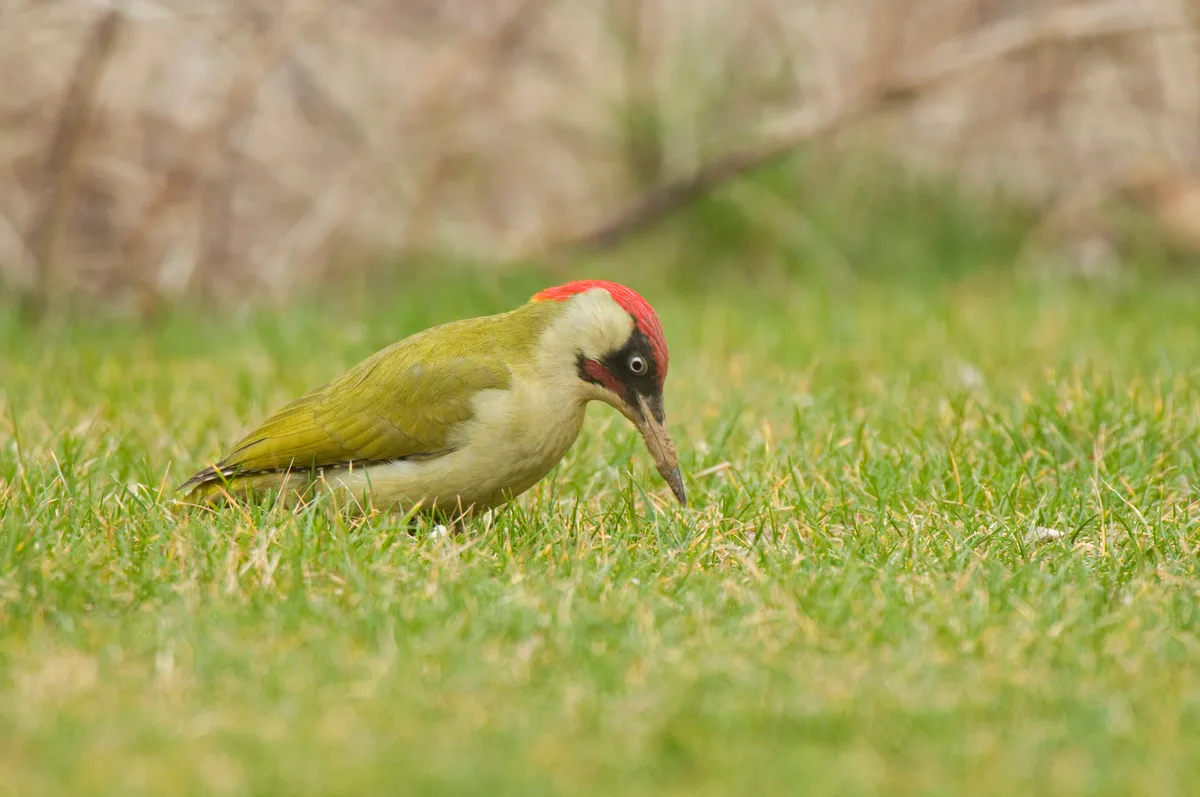
In comparison to the soothing sound of an owl hoot, the shrill pecking of a woodpecker on dead wood is a very different mating call heard during the winter season.
The green woodpecker is the largest of the three breeds that habitat in Britain, and feed mostly on the ground which improves the chance of spotting them on a family festive wander through woodland or parks. Their noisiest period is generally January and February, and they habitat in wooded areas, nesting in trees. Alongside hammering into deadwood, the laughing call of this bird can be heard during this season.
Wandering mallards

Ducks and other wildfowl flock in their greatest number during the winter, which will exaggerate the volume of their voices to be heard during a woodland your. The unmistakable ‘quack’ is usually reserved for the female duck, with the male responding with a quieter and more raspy call.
Residing usually near lakes or ponds, the winter nesting season furthermore brings out the best plumage in the mallard male ducks, or drakes, making them aesthetically pleasing when spotted.
Cuddling grey squirrels
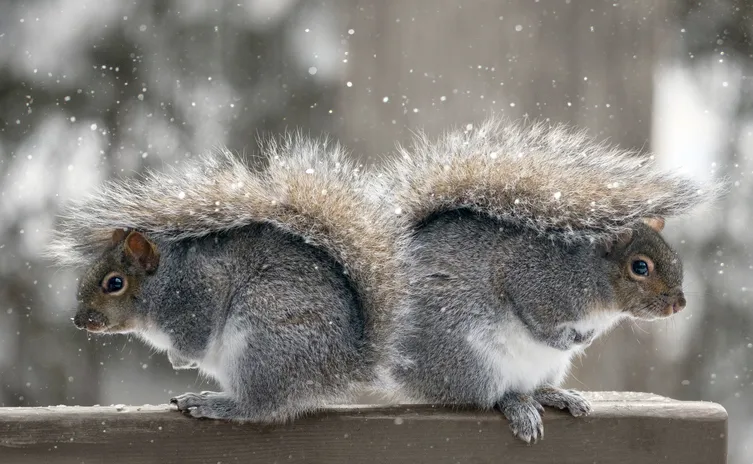
Grey squirrels have one of two mating seasons between December to February and are therefore an intriguing animal to look out for this Christmas period.
These woodland creatures are noisy all year round, from a ‘kut, kut, kut’ sound warning of danger, to a gleeful whine and chatter their voices will be distinctive and heard by all. With habitats mostly in woodland areas, most specifically hardwood forests with nut trees due to their diet including fruits, seeds and tree nuts, these scurrying animals are most common to hear and sight during a woodland family stroll.
Robin red breast
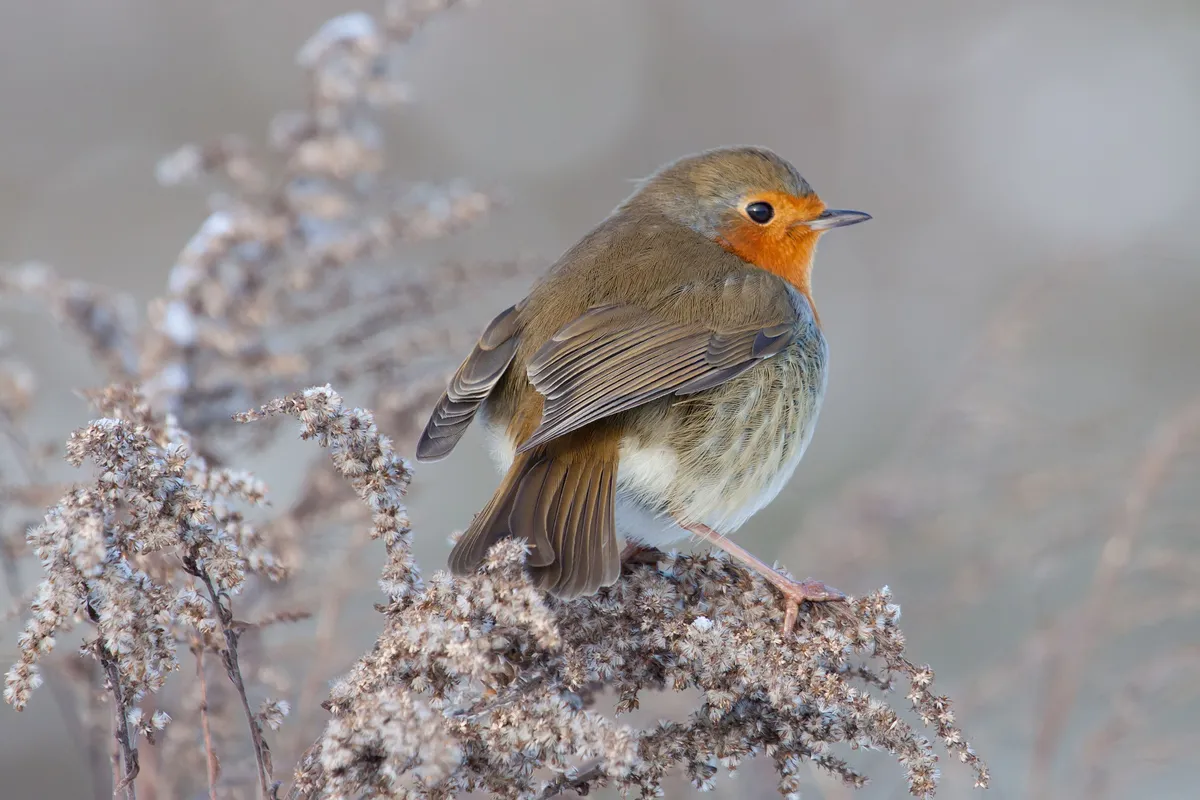
The robin is one of the most traditionally associated with the Christmas period, and can be heard singing as locally as your own garden.
The robin's song is utilised to mark territory and therefore it's an important sound to listen out for on a family woodland walk. The red plumage of older birds makes them easy to spot, and their fierce quest for worms on the ground result in them often being seen by visitors in woodlands and gardens.

